
In 1999, General Motors began rolling out vehicles based on the GMT800 platform, featuring updated and more rounded designs to replace the square-bodied GMT400 platform, which had been in production since 1988. The platform's primary family haulers—the light-duty (1500) Chevrolet Tahoe, Suburban, and GMC Yukon—switched to the GMT800 for the 2000 model year, while the luxurious Yukon Denali and Cadillac Escalade stayed on the GMT400 platform for one last year. To send off the GMT400 Tahoe with a flourish, two special one-year limited-edition models were created. These special editions fulfilled the promise of a Nineties concept vehicle, introduced a trim level that would become permanent, and (critically) utilized some excess capacity at one of GM’s most crucial plants.
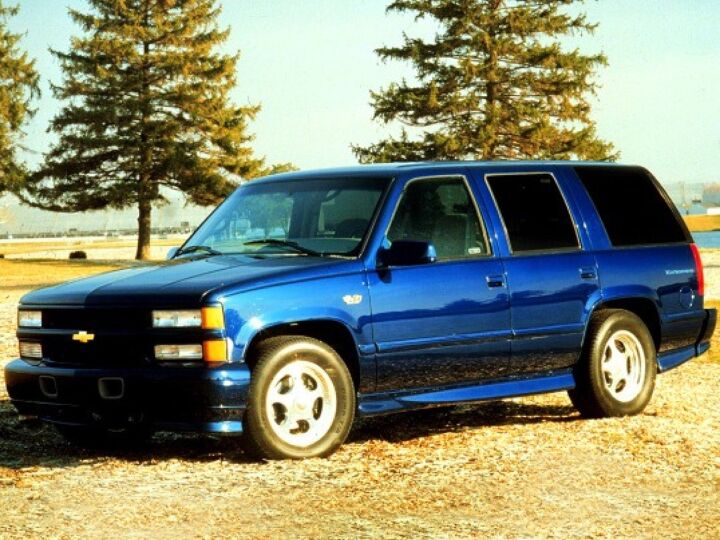
The GMC Yukon was a new model for 1992, as a more road-ready replacement for the K5 Jimmy. It was joined by the new Chevy Blazer that year, which used its old K5 nomenclature alongside the smaller S10 Blazer through 1994, before it was renamed to Tahoe for 1995 (as the S10 Blazer gained an upscale Tahoe trim). Wildly successful, both versions and their long-wheelbase brethren were part of the American suburbanite SUV boom kicked off by the Ford Explorer.
In the middle of the model run, Chevy debuted a concept vehicle called the Tahoe SS. In a similar vein to the production B-body Impala SS sedan, the Tahoe SS was all about serious and sporty good looks. Photographed in a royal blue metallic, the show car was presented as a 1997 concept at that year’s SEMA show, in a lovely emerald green metallic.
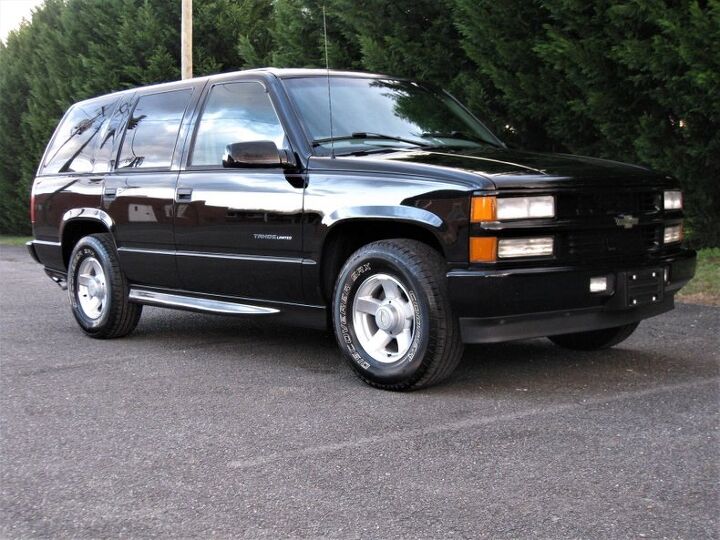
At the time, insurance companies were jacking up the rates on SUVs (likely given their tendency to roll over and their complete lack of roof safety requirements ). GM executives felt that a performance-oriented and SS-badged SUV would cost too much for consumers to insure, and create a sales flop. The project was unceremoniously cancelled.
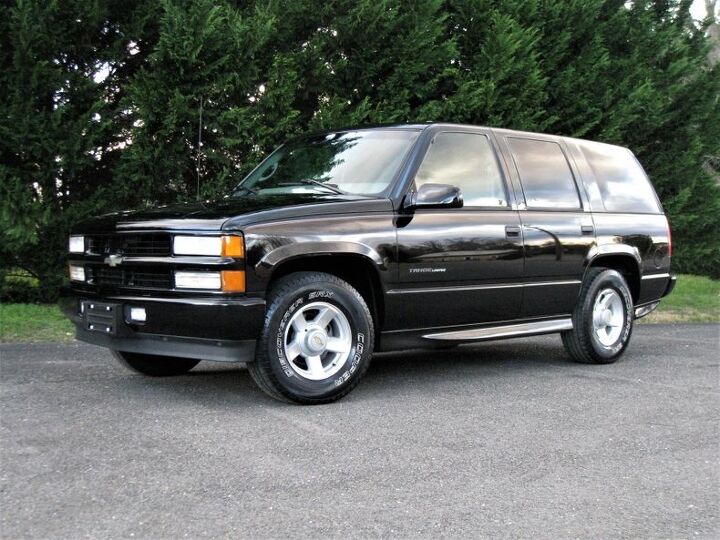
But the idea was resurrected four years later in two different ways, just without the expectations generated by premium SS badging. The most similar to the SS was the Tahoe Limited. Available only in Onyx Black, the Limited was rear-wheel drive like the SS concept. Fitted with a factory body kit package that was almost identical to the SS concept, the Limited replaced the daring front air intakes with integrated fog lamps.
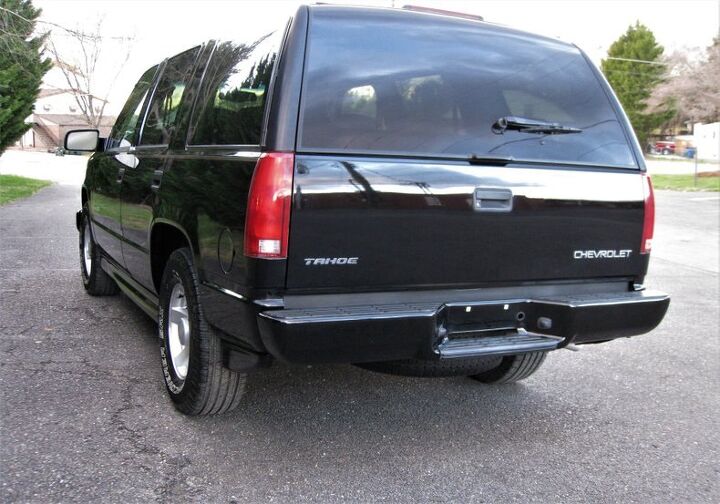
Monochromatic black trim was everywhere, and there was no chrome presented on the outside of the Limited. The Limited was also fitted with the Z60 chassis package used for police Tahoes as standard. That meant a ride height that was two inches lower than a 4x4 Tahoe. Exterior badging was minimal and subtle, with Tahoe Limited on the front doors, and a simple italic Tahoe badge on the tailgate. The split rear barn doors were not available.
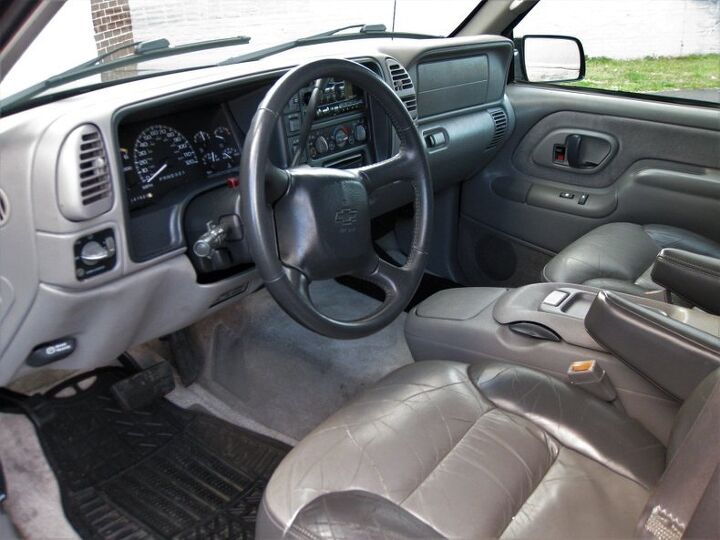
The Limited gained sportier ride and handling via Bilstein shock absorbers, and a limited-slip rear differential. There was additional engine oil cooling, and a more aggressive 3.42:1 or standard 3.73:1 rear axle ratio. Wheels were unique to the Limited, and provided by Ronal: a five-spoke R36.
The interior was also specially finished in two-tone leather, not available on standard Tahoe models. There were no interior color options, as gray and charcoal was the only theme available. Gauges were adjusted slightly, and the Limited’s speedometer topped out at 120 miles per hour instead of the standard 100 (not that anyone would notice this).

The Limited was joined by the more off-road ready Z71 for 2000. The 4x4 version that consumers wanted out of the SS concept experiment, the Z71 was less restricted in its build specification. Available in four different colors: Indigo Blue Metallic, Emerald Green Metallic, Victory Red, or Light Pewter Metallic (pearl white), the Z71 was not available in black. Two interior colors were available: neutral or gray.
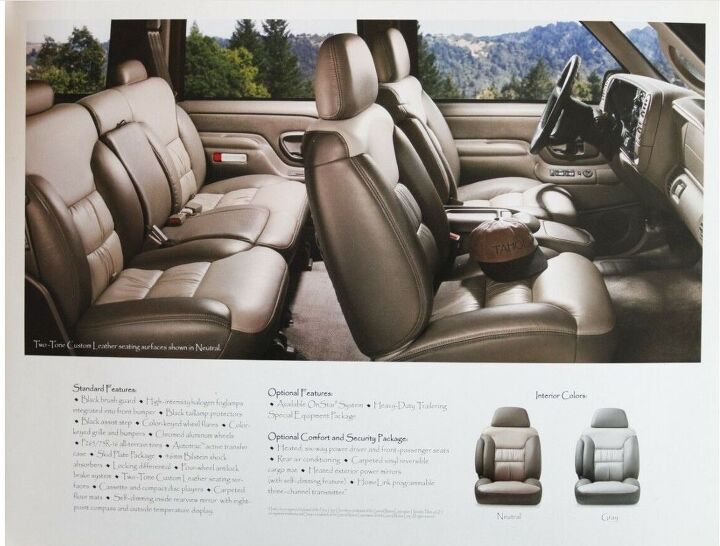
The Z71 had a monochromatic appearance for the front and rear, but it did not restrict the use of chrome trim like the Limited. It featured a chrome trim strip along the side similar to the standard Tahoe. However, the Z71 received the same front and rear clip as the Limited, complete with integrated fog lamps. Small Z71 badges appeared in silver and gold at the C-pillar, which was the typical location for trim notation on the GMT400 and GMT800 platforms.
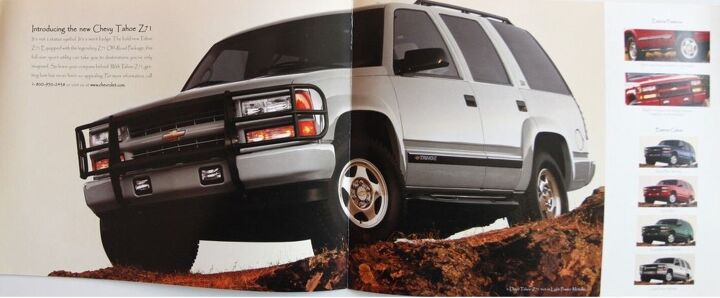
Tubular running boards were added to the Z71’s tough looks, complemented by plastic tail lamp trims designed to resemble the type of metal lamp guards you'd find on a Range Rover. At the back, there was no Tahoe badge at all; only a Z71 badge and Chevrolet were present. The Z71 was not lowered like the Limited and featured the off-road chassis package instead, now designated as the Z71 package.
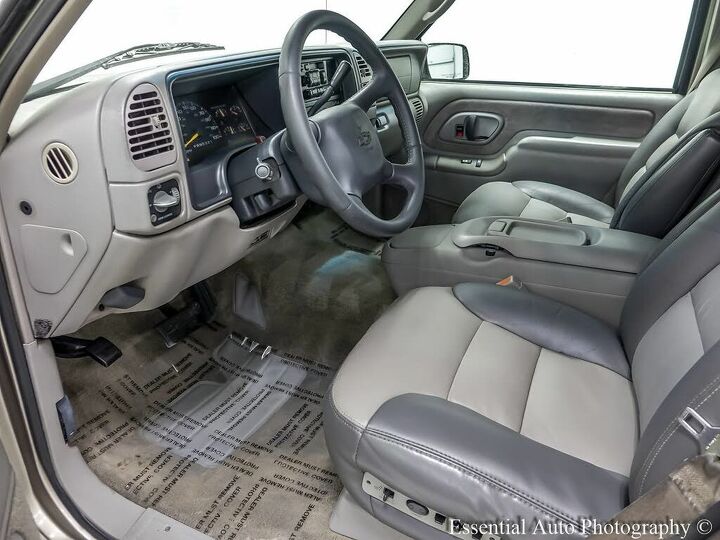
It also used the same sporty Bilstein shock absorbers as the Limited, but had a 3.73:1 rear axle ratio option given the locking differential. The Z71 also featured an oversized radiator for heavy-duty operation, and additional skid plates underneath. There was no integrated side step, only a black painted tubular rail exclusive to Z71.
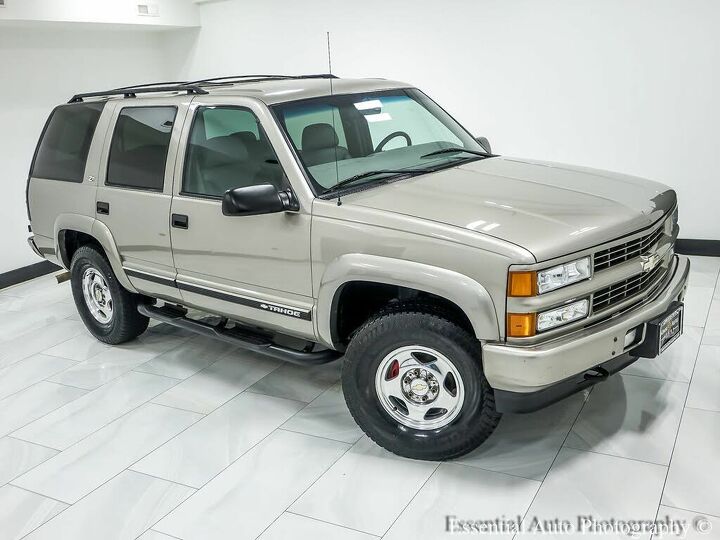
A black brush guard was standard on Z71, but often removed by owners. Perhaps most notable for the Z71 was its unique wheel design. Provided by Alcoa, the excellent five-spoke, six-lug wheels were polished aluminium for a smooth chromed look.
Both the Limited and Z71 shared the standard 5.7-liter Vortec V8, not modified for special edition duty. They were built at Arlington Assembly alongside the holdout Yukon Denali and Cadillac Escalade. Largely abandoned history today, the production figures for the Limited and Z71 range between 7,500 and 8,905 in total.
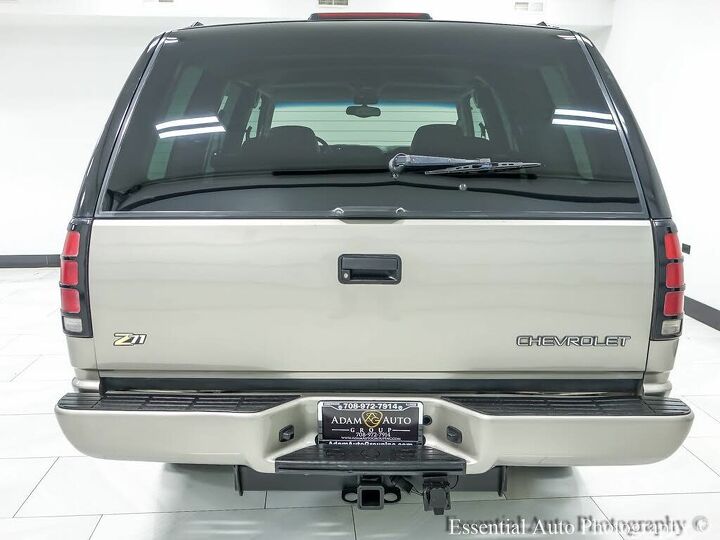
It's unclear how many of each were made, but both are rare to see today. Amongst the limited The collector audience for these, the Limited is generally considered more desirable given its SS-adjacent appearance. Which do you fancy?
[Images: GM, seller , seller ]
Become a TTAC insider. Get the latest news, features, TTAC takes, and everything else that gets to the truth about cars first. subscribing to our newsletter .


0 Komentar